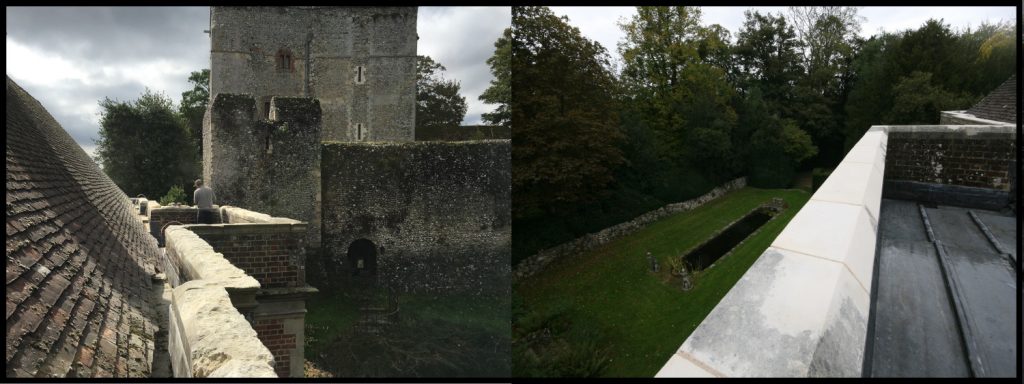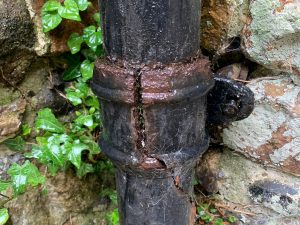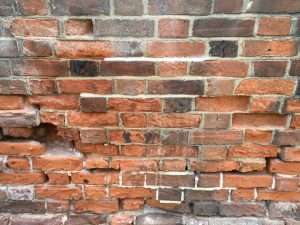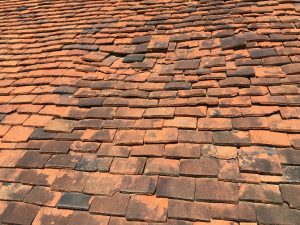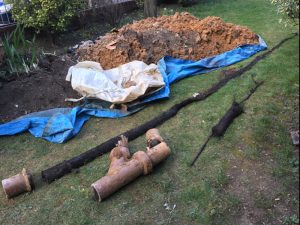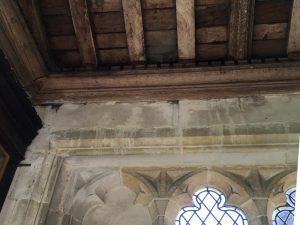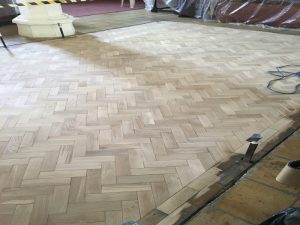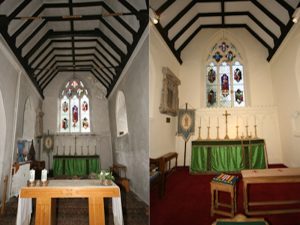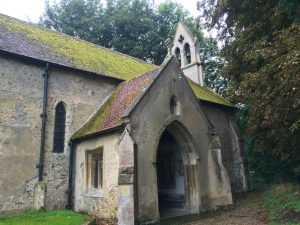


Not a day goes by where we do not see the consequential damages to brick, stone and flint walls caused by bad working practices over the years. The most common of these are major spalling to brick and stone faces, but also the cracking / collapse of flint walls. The improper use of cementitious products and to a lesser degree but still evident, incorrect compression rated lime products leads to widespread damage.
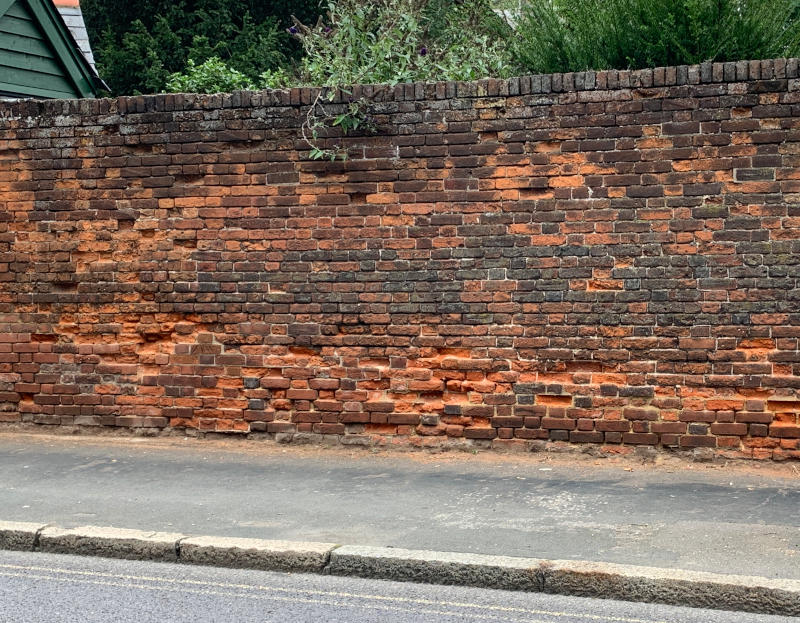
At Keystone, we exclusively use lime based mortars, it is a fantastic product to work with. The correct composition entirely dependant on the location, exposure and materials used to make up the wall. As an example, you may think that with flint being virtually impervious and extremely hard that cement or a hard lime mix would be okay. However traditionally flint perimeter walls (the kind you will often find around the churchyard) do not possess the kind of footings required of a new build construction and are therefore more ‘organic’ in the fact that over time there will be some movement. This requires the use of a softer lime mortar, for as well as preventing cracking and collapse by way of a lower compressive strength, it also allows for better working properties with a cohesiveness required to mechanically bond to flint whilst the mortar hardens over time.
With lime products, a little knowledge definitely goes a long way. So where damage is evident, pointing work is required or walls are in need of restoration, let us be your first call.
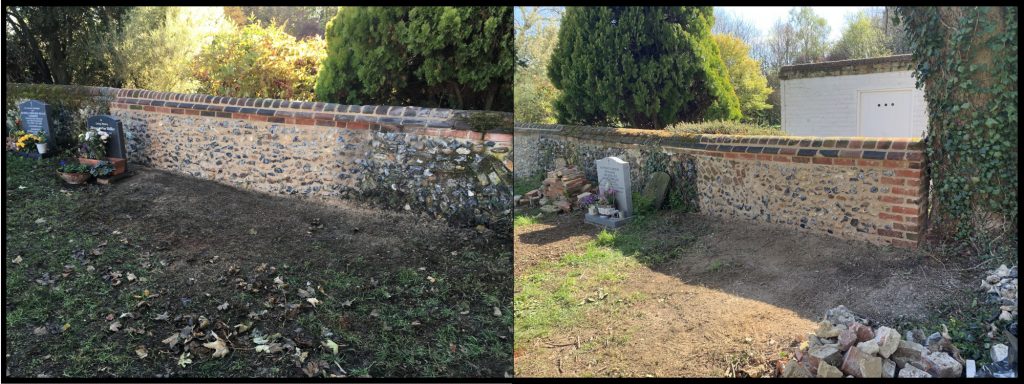
Keystone also offer a stand alone stone conservation and restoration service. We can repair damaged stone without the need for complete replacement and with far greater durability compared to commonly seen lime mortar repairs. Blended to match surrounding stonework we can tint and work the finish even down to tooling marks. This is a highly specialised skill with a specific work time window, however the end results are permanent, breathable and compatible with the underlying stone. Perfect for many cost effective applications including the repair of damaged quoins, columns, thresholds, stair treads, window mullions and tracery.
